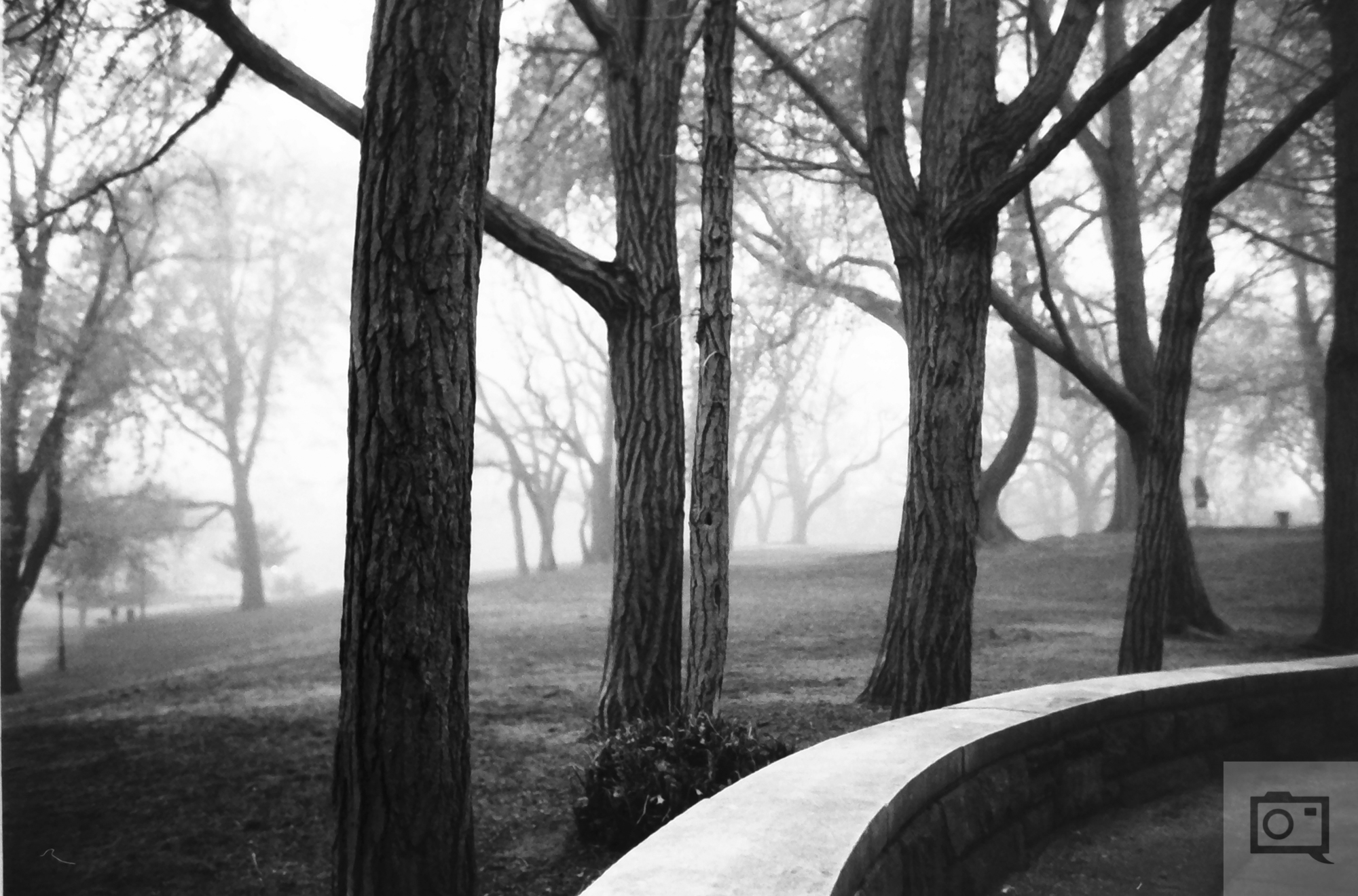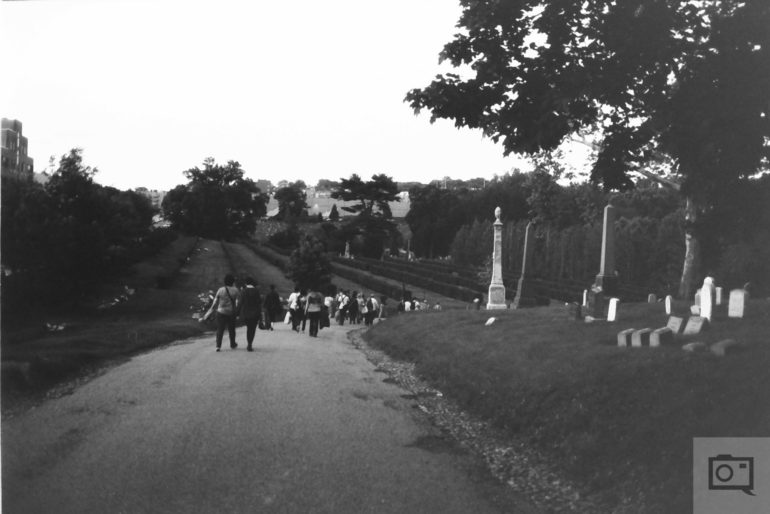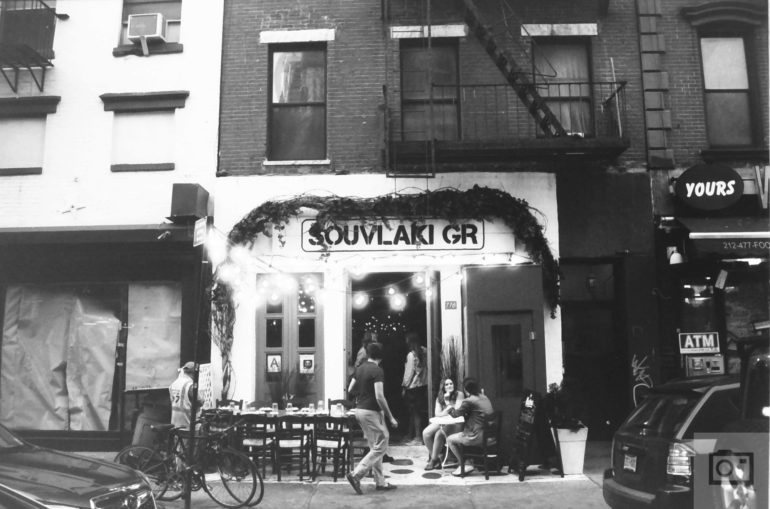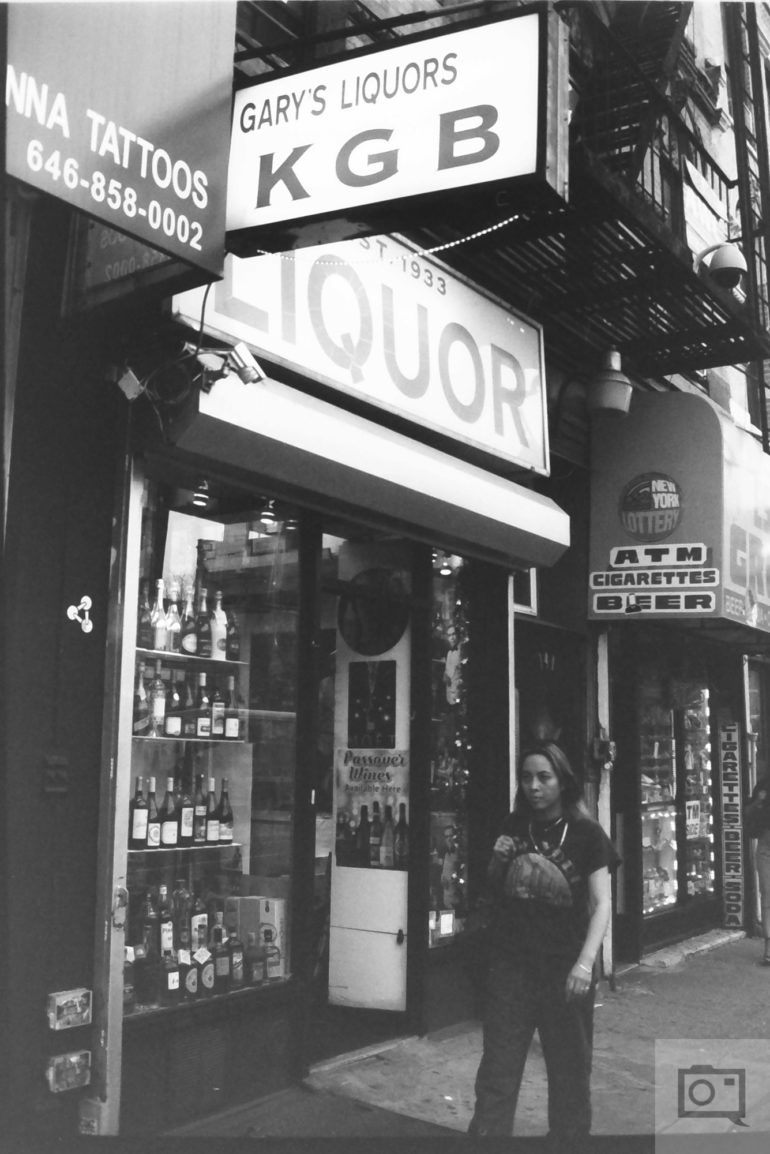Last Updated on 08/21/2018 by Mark Beckenbach
KOSMO Foto Mono has to be one of those weird black and white films that I’m probably not understanding.
The film renaissance has given us a number of fantastic new film emulsions that we should all be supporting in some way or another, and for the sake of KOSMO Foto Mono I genuinely hope that everyone and their mother finds out about it. I’ve shot a number of photos with KOSMO Foto Mono loaded into my Hexar AF that I’m completely over the moon about. When it was first announced, there were photographers on the web coming out with pitchforks and stating that it was just a rebranded Fomapan film. Indeed, it is a new film stock produced by Fomapan and Stephen Dowling, the man behind KOSMO Foto Mono, says that this is only the start of what he’s going to be doing.
Tech Specs
Everything that you need to know about the film is on their website.
Ease of Use

During my testing with KOSMO Foto Mono, I shot it at its native ISO 100 and pushed it to ISO 400. Considering that this is a panchromatic film, typically pushing the film is a big no-no. But in this case, I was able to get images I really liked. KOSMO Foto Mono is a panchromatic ISO 100 film. With that said, I recommend using it with a rangefinder camera of some sort as opposed to a camera with a big mirror that can slap about. It also wouldn’t hurt to load it into a point and shoot instead of an SLR. If you’re going to use an SLR though, then bring a tripod. This is a slow film and should be treated with care.
I decided I’d be experimental though and shot it at ISO 400. Lomography developed them normally at ISO 100 but then the rolls pushed to 400 were done to spec. Most photographers wouldn’t dare do something like that with a film like this. It’s similar to shooting slide film. Generally speaking you want to get the exposure perfectly right, For many photographers who still shoot slide though, you’re bound to underexpose the film by around a stop. What I did with KOSMO Foto Mono isn’t much different.
Image Quality

KOSMO Foto Mono can render some sharp images for sure even when underexposed. In fact, that’s when I feel the film is at its sharpest. When shot at ISO 100, this film is very standard and plain. If anything, I’d say it’s more monochrome than black and white. Some folks may like that. But when shot at ISO 400, it becomes high contrast and beautiful.

Conclusions
Do I like KOSMO Foto Mono? Yes. But I genuinely feel that other films are still very capable of doing similar things. Ilford has a lineup that can deliver results that look almost like this. Where I’d say that KOSMO Foto Mono really fills the gap though is with Acros 100. In some ways, the sharpness and the overall look tell me Acros more than anything else. So if you’re looking for an Acros replacement, this could be it.

























